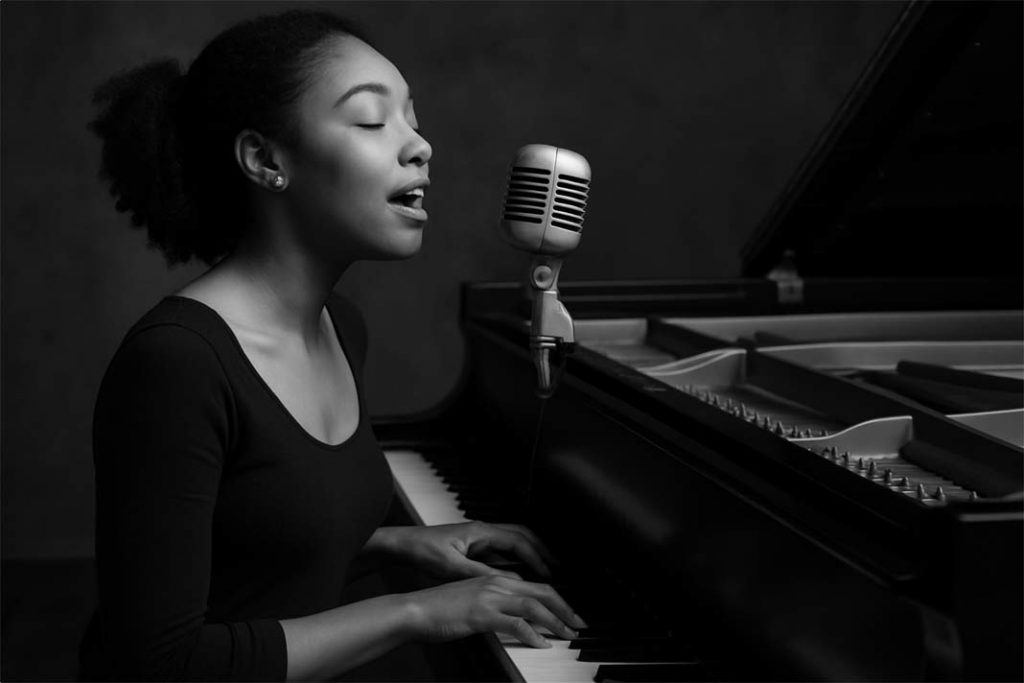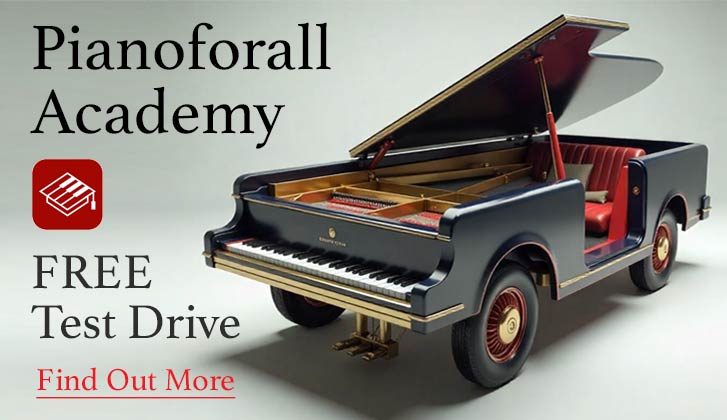There’s something special about a person who can sit at a piano, open their mouth, and suddenly the whole room stops talking. It’s not about showing off or trying to be flashy — it’s about connection. You’ve got one person, one voice, one instrument… and somehow, it feels like an entire story is unfolding right in front of you.
I’ve always thought being a singer-pianist is like being your own duet partner. The piano lays down the mood, the voice carries the emotion, and together they make something you couldn’t get with just one or the other.
Over the years, there’s been a long line of legends who’ve nailed this. Ray Charles could break your heart and lift you up all in the same song. Carole King could make you feel like she was singing straight from her diary. Elton John could turn the piano into a stadium rock machine. Alicia Keys makes it sound so effortless you almost forget how much skill is going on behind it all.
Why the Piano is a Singer’s Best Friend
The thing about the piano is… it gives you everything. You don’t need a drummer, a bass player, or a guitarist — it’s all there under your fingers. You can set the tempo, change the key to suit your voice, and throw in little musical touches that make the whole thing come alive.
And unlike the guitar (which I also love, before the angry guitarists write in), the piano gives you a much wider range of harmony and dynamics. You can go from whispery little chords that barely tickle the ear, to big rolling patterns that fill the room.
A Few Greats Worth Listening To
- Nina Simone – Classically trained but fiercely her own thing, blending jazz, blues, and soul with a political edge.
- Billy Joel – Could write a story in song form and deliver it with the energy of a rock band.
- Norah Jones – Soft, understated, intimate — proof you don’t have to belt to move people.
- Fats Domino – Made the piano swing, with a smile that made you feel like you were in on the fun.
Fancy Having a Go Yourself?
If you want to try singing and playing, here’s the thing — start simple.
Don’t pick a song with a gazillion chord changes and tricky rhythms. Just pick something you love and strip it down to the bare essentials.
- Get the hands sorted first – Play the piano part until you could do it in your sleep.
- Then add the voice – Slowly. You’ll feel like you’re rubbing your stomach and patting your head at the same time at first — but it clicks faster than you think.
- Don’t overcomplicate it – You don’t need flashy runs and constant fills. Sometimes the most powerful moments are the simplest.
- Make it your own – Change the key, slow it down, speed it up, throw in a pause where no-one expects it.
5 Songs Perfect for Your First Sing-and-Play
(Pick one you love — it’ll make the learning ten times easier)
- Let It Be – The Beatles
Slow tempo, simple chords, and everyone knows it — so you’ll have an audience singing along before you’ve even finished. - Someone Like You – Adele
Emotional but not overcomplicated. The repetitive chord pattern is perfect for keeping your hands steady while you focus on singing. - Your Song – Elton John
A classic ballad that works beautifully even when stripped right down to voice and simple chords. - Hallelujah – Leonard Cohen
Four easy chords repeated — proof that less really can be more. - Make You Feel My Love – Bob Dylan / Adele
Works in almost any key, so you can tailor it to your voice. Plus, it’s a crowd-pleaser.
Why Pianoforall Helps
One of the reasons so many people who take Pianoforall end up accompanying themselves is because we get you to that “play chords and sing over them” stage fast.
You’re not buried in years of classical drills before you get to actually make music. You learn the shapes, the rhythms, and the styles that slot perfectly under your voice — whether you want to croon a slow ballad, bash out a rock classic, or tiptoe through a jazz standard.
The best part? Once you’ve got the basics, you can play anything. And that’s when you start to feel like you’ve got your own personal orchestra living in your living room.



